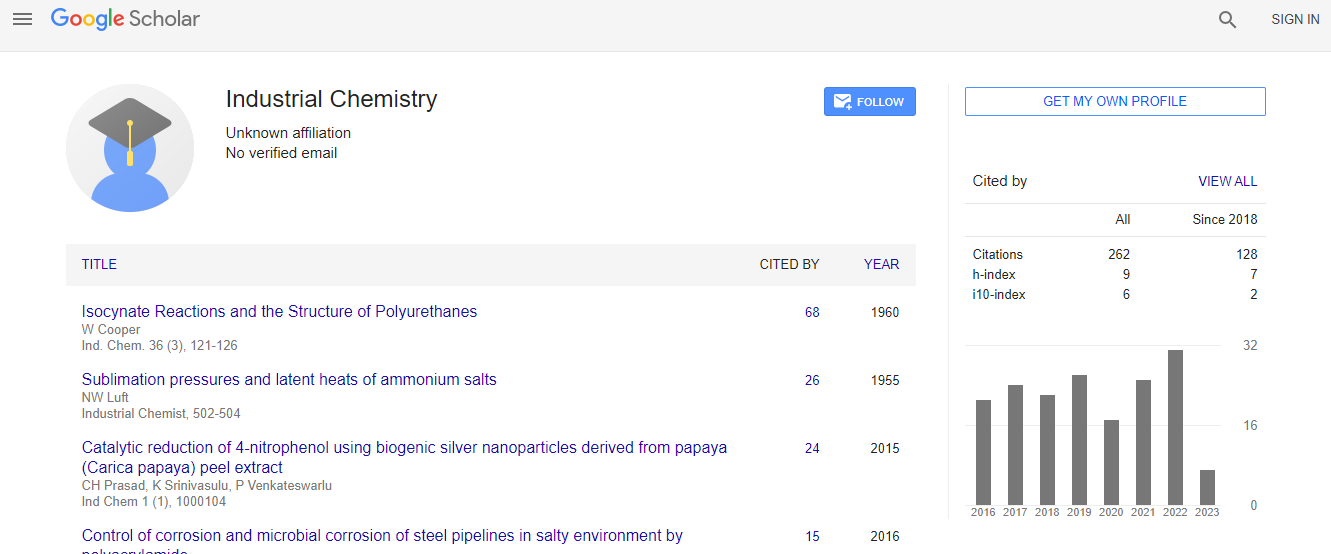Research Article
Phytochemical Screening and Antimicrobial Studies of the Aerial Part of Aeschynomene uniflora Mey
Jonathan I Achika*, George I Ndukwe and Rachel G Ayo
Department of Chemistry, Ahmadu Bello University, Zaria, Kaduna State, Nigeria
- *Corresponding Author:
- Jonathan I. Achika
Department of Chemistry, Ahmadu Bello University
Zaria, Kaduna State, Nigeria
Tel: +2347036890546
E-mail: achijonile@yahoo.com
Received date: December 24, 2015; Accepted date: January 18, 2016; Published date: January 23, 2016
Citation: Achika JI, Ndukwe GI, Ayo RG (2016) Phytochemical Screening and Antimicrobial Studies of the Aerial Part of Aeschynomene uniflora Mey. Ind Chem 2:113. doi: 10.4172/2469-9764.1000113
Copyright: © 2016 Achika JI, et al. This is an open-access article distributed under the terms of the Creative Commons Attribution License, which permits unrestricted use, distribution, and reproduction in any medium, provided the original author and source are credited.
Abstract
The aim of the study was to investigate the composition and antimicrobial activities of extracts of aerial part of Aeschynomene uniflora Mey used in folklore medicine in order to scientifically validate some of its ethnomedicinal claims. The dried and pulverized aerial part of Aeschynomene uniflora was extracted using petroleum ether, chloroform, ethyl acetate and methanol by Soxhlet extraction and each concentrated in vacuo to yield four extracts. The extracts were then subject to preliminary phytochemical screening and antimicrobial studies using standard method. Carbohydrates, cardiac glycoside, flavonoids, saponins, steroids, triterpenes and tannins were present in the crude extracts. The highest zone of inhibition of 25 mm was exhibited by the ethyl acetated extract against Staphylococcus aureus, while the petroleum ether extract show the lowest zone of inhibition of 16 mm against Streptococcus pyogenes. The chloroform and ethyl acetate extracts exhibited a minimum inhibitory concentration (MIC) of 7 mg/mL against, Bacillus subtilis and Candida stellatoidea respectively. Both the methanol and petroleum ether extracts had a MIC of 30 mg/mL against Candida stellatoidea. The minimum bactericidal/ fungicidal concentration (MBC/MFC) of the extracts ranged between 15 mg/mL to 60 mg/mL. In conclusion, the aerial parts of Aeschynomene uniflora showed significant antimicrobial properties. This justifies the use of the in the treatment of human and animal infectious disease.

